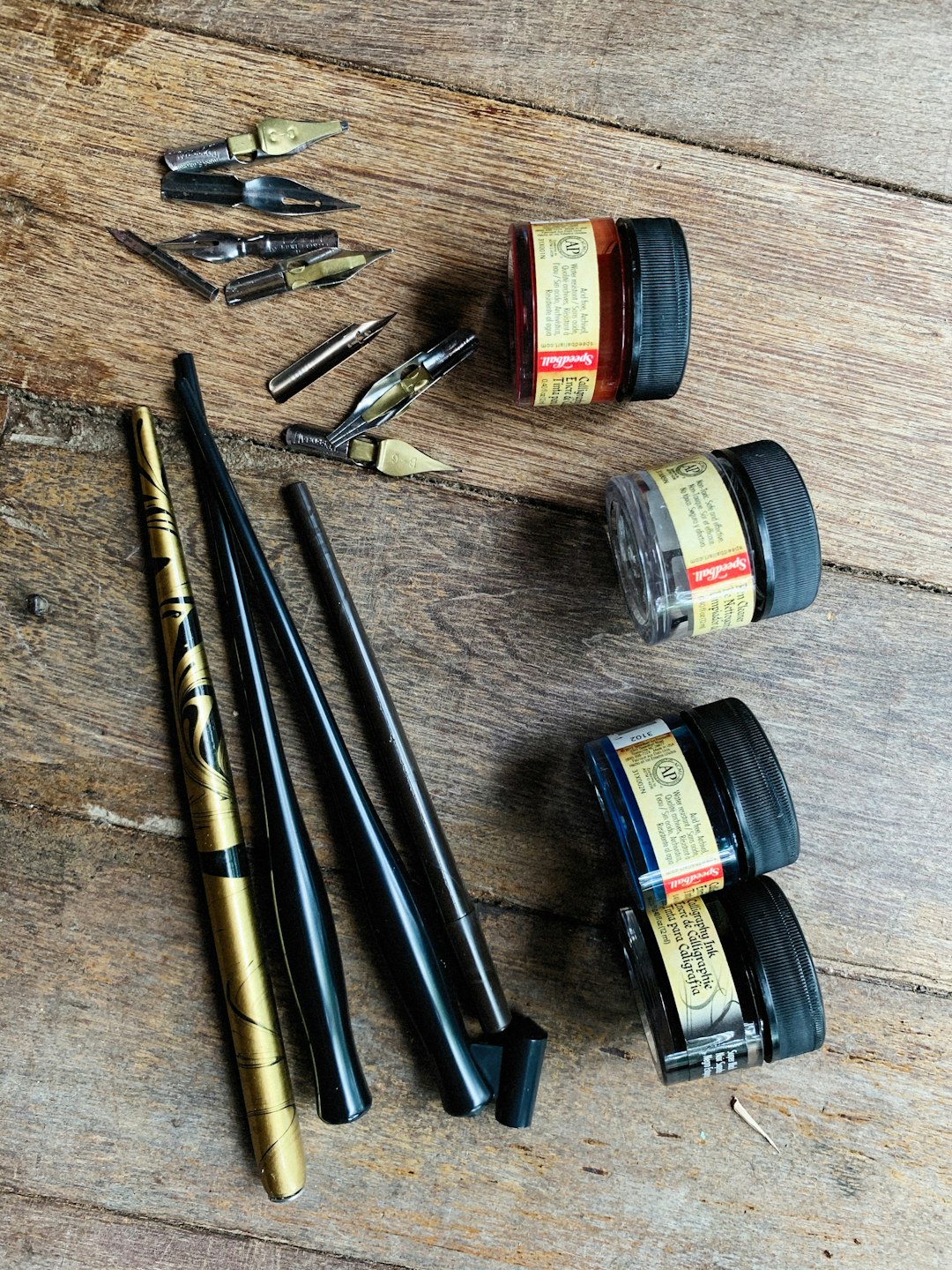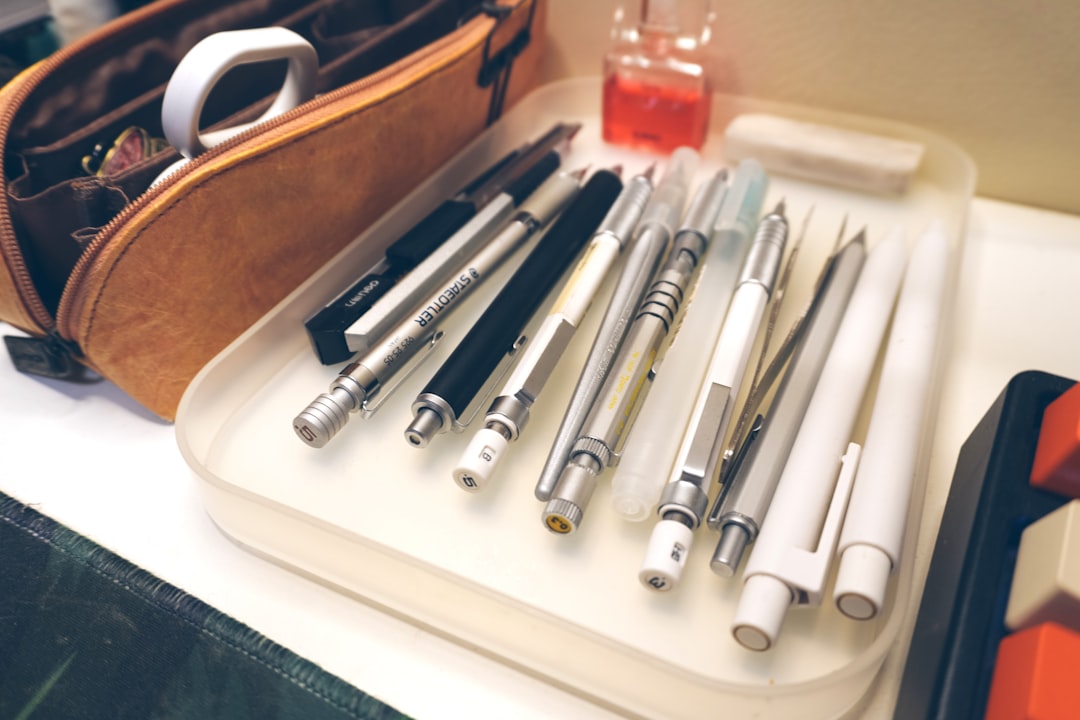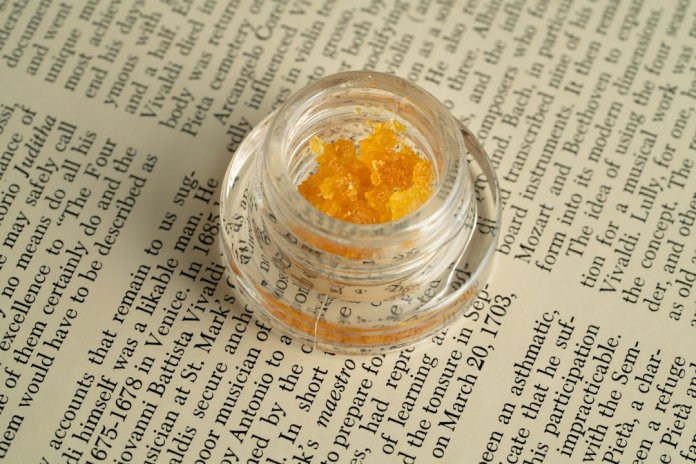For those new to cannabis concentrates, the world of extracts might seem overwhelming at first. From the variety of textures and potencies to the technical sounding terminology, there’s a lot to take in. But with a little guidance, exploring concentrates can become an exciting journey into one of the most potent and flavorful ways to consume cannabis. This guide breaks down the basics of concentrates—what they are, how they’re used, and what temperature and tools to use to fully enjoy them.
What Are Cannabis Concentrates?
Cannabis concentrates are potent extracts that contain high levels of cannabinoids, primarily THC and CBD, and an abundance of terpenes that enhance flavor and aroma. They are created by removing excess plant material, leaving behind a highly concentrated product. The result? A more intense effect with a smaller quantity needed compared to flower.
There are many different types of concentrates, which vary in form and consistency. Some are sticky and gooey, while others are dry and crumbly. Depending on how they’re consumed and processed, the experience can change dramatically.
Popular Types of Concentrates
Understanding the different types of cannabis concentrates can help beginners choose the right one for their needs and preferences. Here are the most common forms:
- Shatter: A translucent, glass-like concentrate that breaks easily into pieces. It’s known for its purity and potency.
- Wax: Soft and moldable, wax is easier to handle than shatter. It has a buttery texture and is very popular among beginners.
- Budder: Creamy and smoother than wax, budder is whipped during extraction to maintain terpenes and make it flavorful.
- Live Resin: Extracted from fresh frozen cannabis plants, preserving terpenes and aroma. This form is known for potent flavor and full-spectrum highs.
- Rosin: A solvent-free extract made by applying heat and pressure to cannabis flower or hash. It’s ideal for those looking for cleaner product alternatives.
- Crumble: As the name suggests, crumble has a dry, crumbly texture and is easy to handle and dose.

Understanding Temperatures and Effects
One of the most critical aspects of using concentrates is controlling the temperature. The heat level not only changes the flavor and vapor production but also influences the effects felt by the user. Generally, the temperature used to vaporize concentrates ranges between 315°F and 600°F (157°C and 315°C).
Here’s a breakdown of how different temperatures impact the experience:
- Low Temperature (315°F–400°F): Focuses on flavor and terpene preservation. Provides a smoother, more manageable high that is ideal for beginners.
- Medium Temperature (400°F–500°F): A balanced experience between flavor and vapor production. Offers more intense effects with moderate flavor.
- High Temperature (500°F–600°F): Produces thick vapor clouds and strong effects but can degrade terpenes faster and be harsh on the throat.
Experimenting with temperature is part of finding your personal sweet spot when it comes to consuming concentrates. Beginners are generally encouraged to start with lower temperatures and work their way up gradually.
Tools of the Trade
The next big piece of the puzzle is understanding how to consume cannabis concentrates. Depending on the product, different tools and devices may be better suited. Here are the essential tools every beginner should familiarize themselves with:
- Dab Rig: A glass water pipe specifically designed for vaporizing concentrates. It includes a nail (usually quartz, titanium, or ceramic) that is heated with a torch.
- E-nail: An electronic device that eliminates the need for a torch. E-nails allow for precise temperature control, making them ideal for consistent dosing.
- Vape Pen: Portable and discreet, vape pens are pre-filled with concentrate or allow for interchangeable cartridges.
- Dab Pen: Similar to a vape pen but designed for thicker concentrates like wax or shatter. Great for on-the-go dabbing.
- Dabber Tool: A small metal or glass tool used to scoop and apply concentrate onto the hot nail or coil.
- Carb Cap: A cap placed over the dab nail after applying concentrate, allowing for better heat retention and vaporization.

How to Take a Dab
Taking your first dab can be intimidating, but the process is straightforward once understood. Here are the basic steps to taking a traditional dab using a rig:
- Heat the nail with a torch until it reaches the desired temperature (usually glowing red if no thermometer is used).
- Allow the nail to cool slightly—about 30 to 45 seconds—before applying the concentrate. This helps to avoid burning the extract.
- Use a dabber to apply a small amount of concentrate onto the nail while inhaling through the mouthpiece.
- Cover the nail with a carb cap to trap the heat and vapor, enhancing flavor and effectiveness.
- Inhale slowly and deeply, then exhale and enjoy the effects.
Remember, concentrates are potent. It’s best to start with a small amount until you’re familiar with its impact on your body and mind.
Storage and Handling Tips
Proper storage helps preserve the potency, flavor, and texture of your concentrates. Here are a few storage tips:
- Store in a cool, dark place to prevent degradation from light and heat.
- Keep concentrates in air-tight, non-stick containers like silicone or glass jars.
- Avoid exposure to moisture, which can impact consistency and purity.
- For long-term storage, refrigerate or freeze concentrates, but ensure they are sealed tightly and allowed to come to room temperature before use.
Experimenting Responsibly
As with all cannabis products, moderation and awareness go a long way when trying concentrates. Because of their high potency, they can produce intense psychoactive effects quickly. Always ensure you are in a safe environment, know your dose, and consult with local regulations as concentrate laws vary widely depending on the region.
Conclusion
Entering the world of cannabis concentrates doesn’t have to be confusing. By understanding the different types available, the temperatures that enhance their effects, and the tools used to enjoy them safely, beginners can confidently explore new heights in their cannabis journey. Whether you prefer flavor-rich low-temp dabs or the convenience of vape pens, concentrates offer a customizable and potent experience for both new and seasoned consumers alike.
Frequently Asked Questions
- Q: Are concentrates stronger than flower?
A: Yes, concentrates typically contain much higher THC or CBD percentages compared to cannabis flower, making them more potent. - Q: Can I use concentrates in a regular pipe or joint?
A: Some concentrates like rosin or crumble can be added to flower in a joint or pipe, but others require specific tools for vaporization. - Q: What’s the best type of concentrate for beginners?
A: Wax or budder is often recommended for beginners due to ease of handling and manageable potency levels. - Q: How much should I use for my first dab?
A: Start with a very small amount—about the size of a grain of rice—and gradually increase as you become more comfortable. - Q: Is it safe to make your own concentrates?
A: Making concentrates at home, especially with solvents, can be dangerous and should only be done by professionals. Solventless methods like rosin pressing are safer but still require careful handling.
